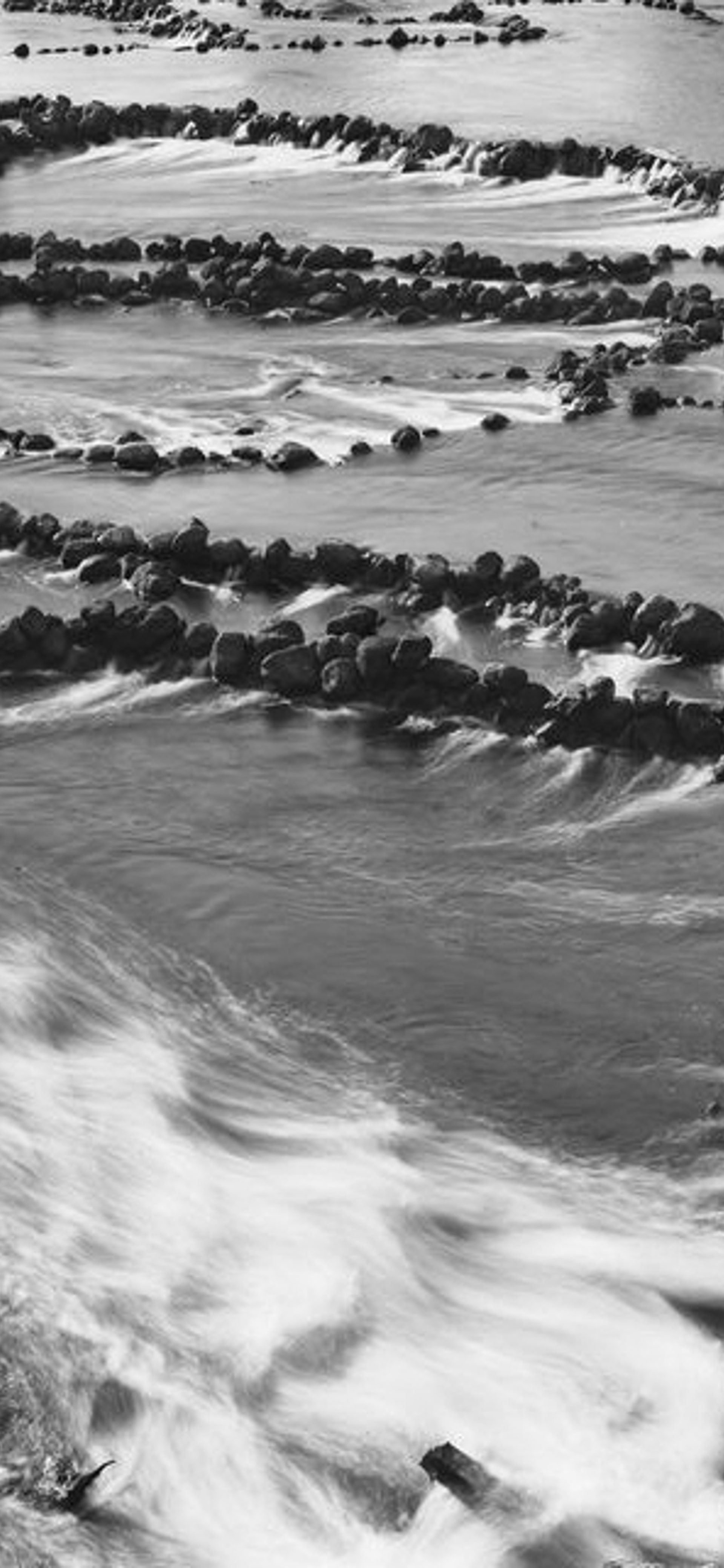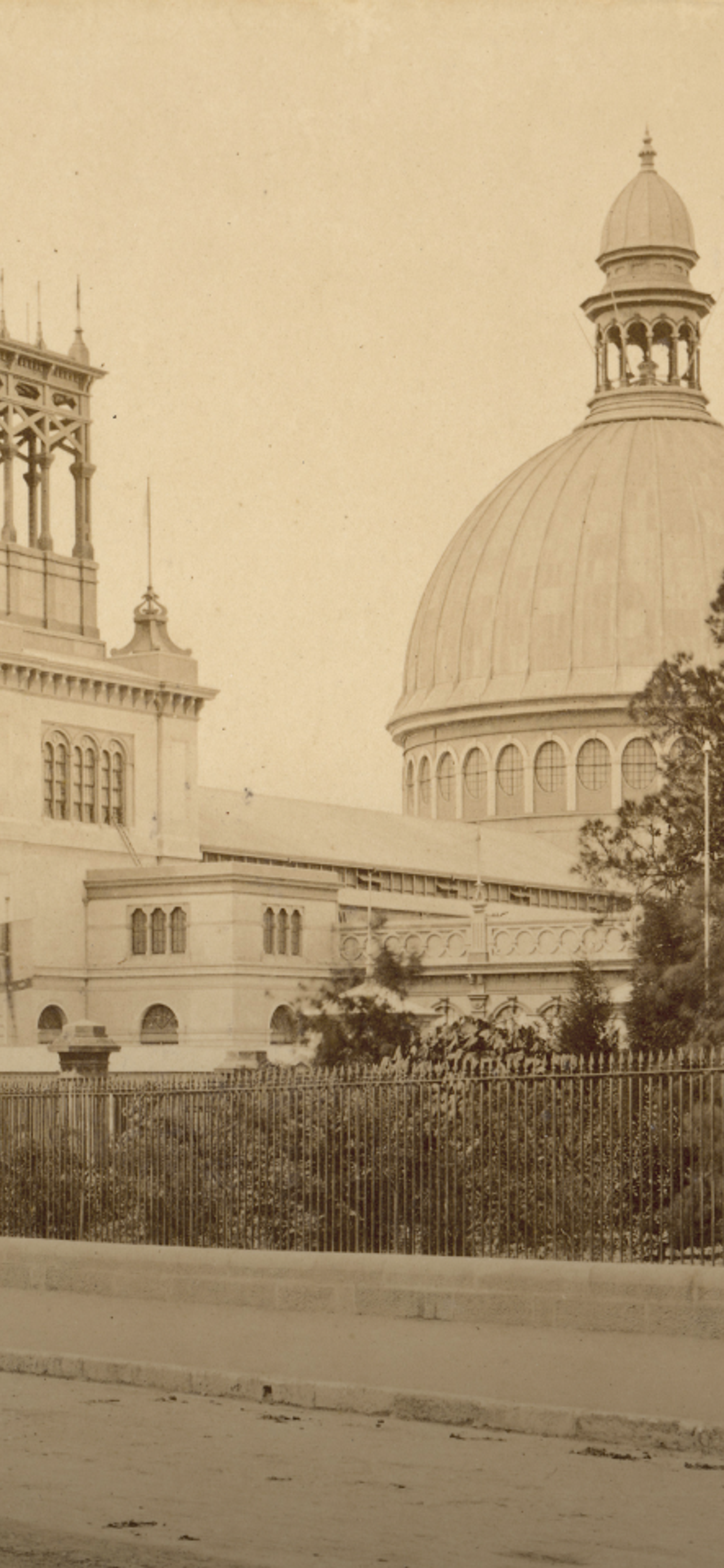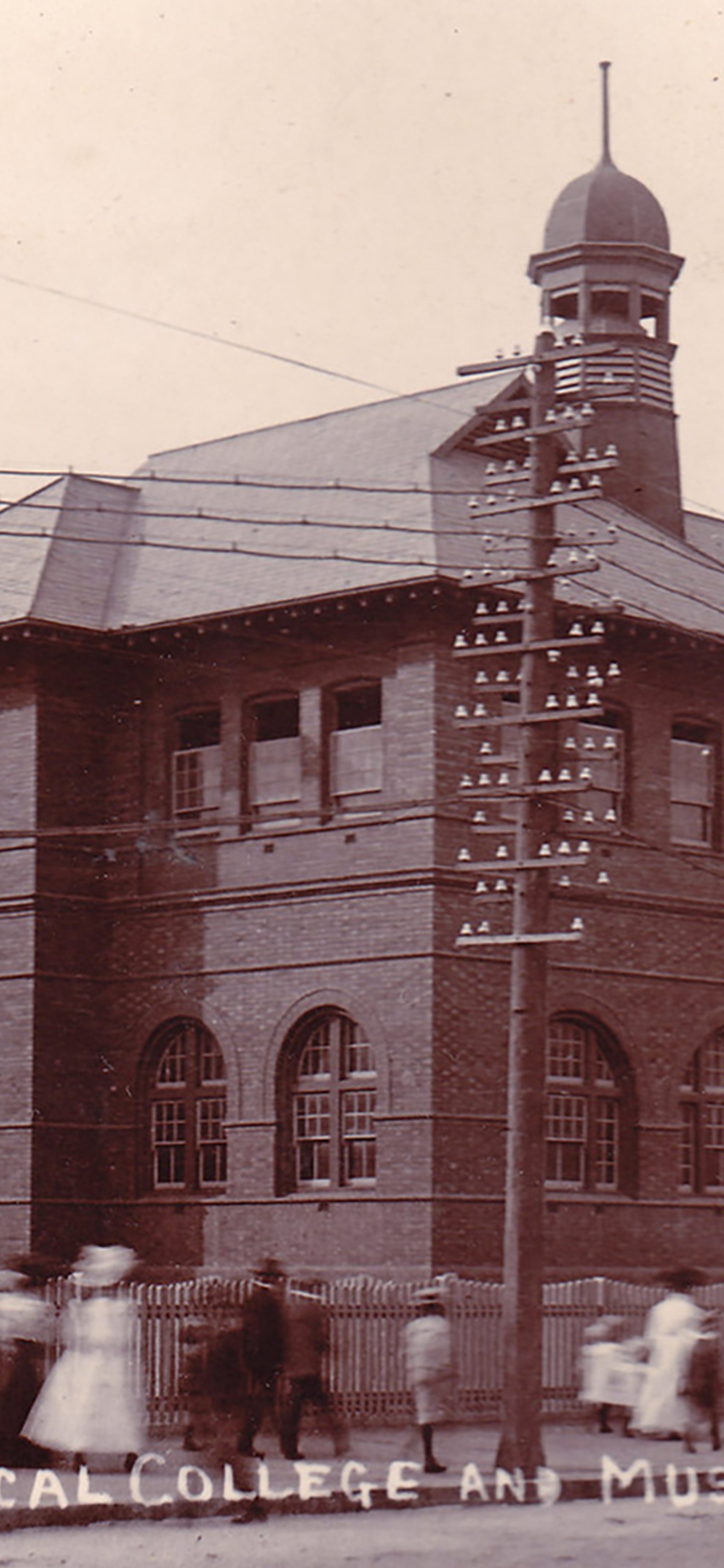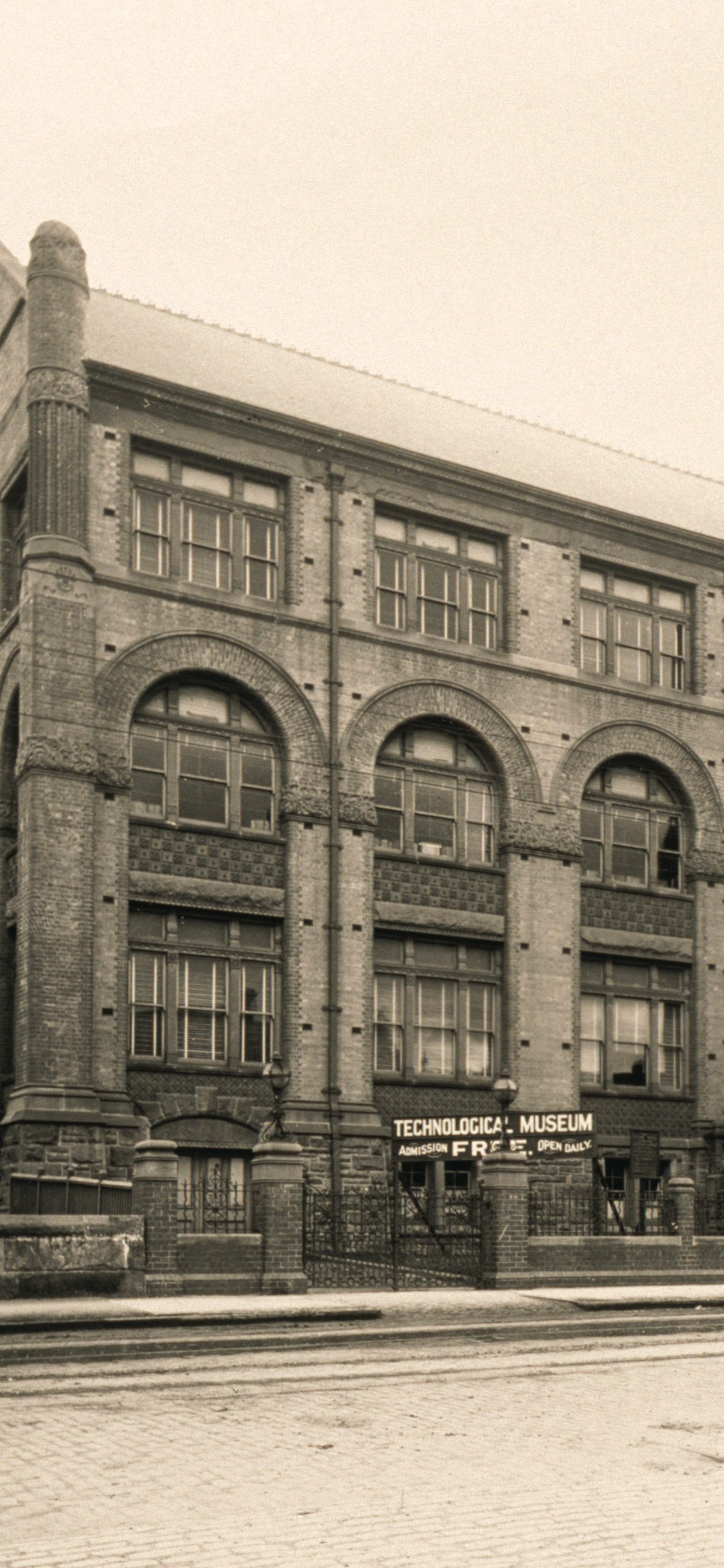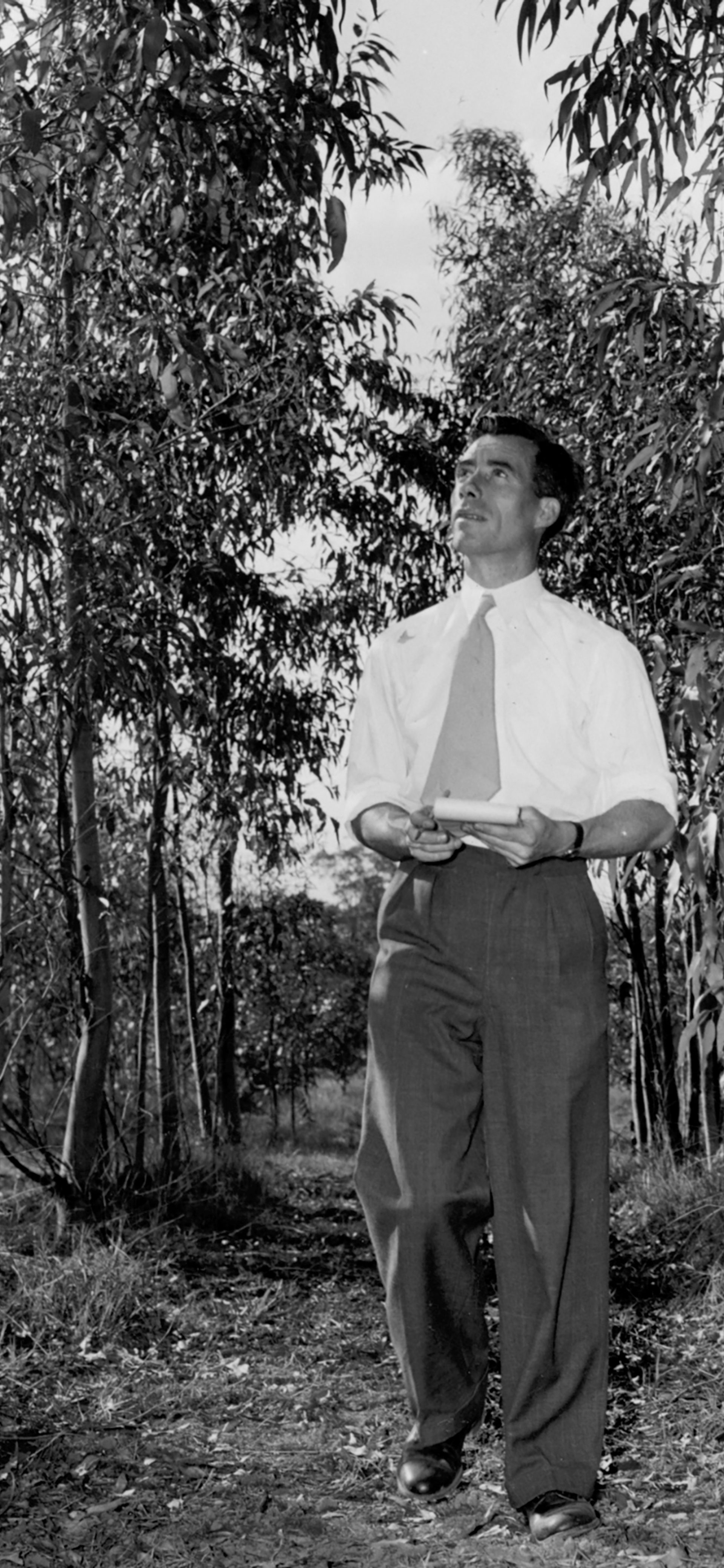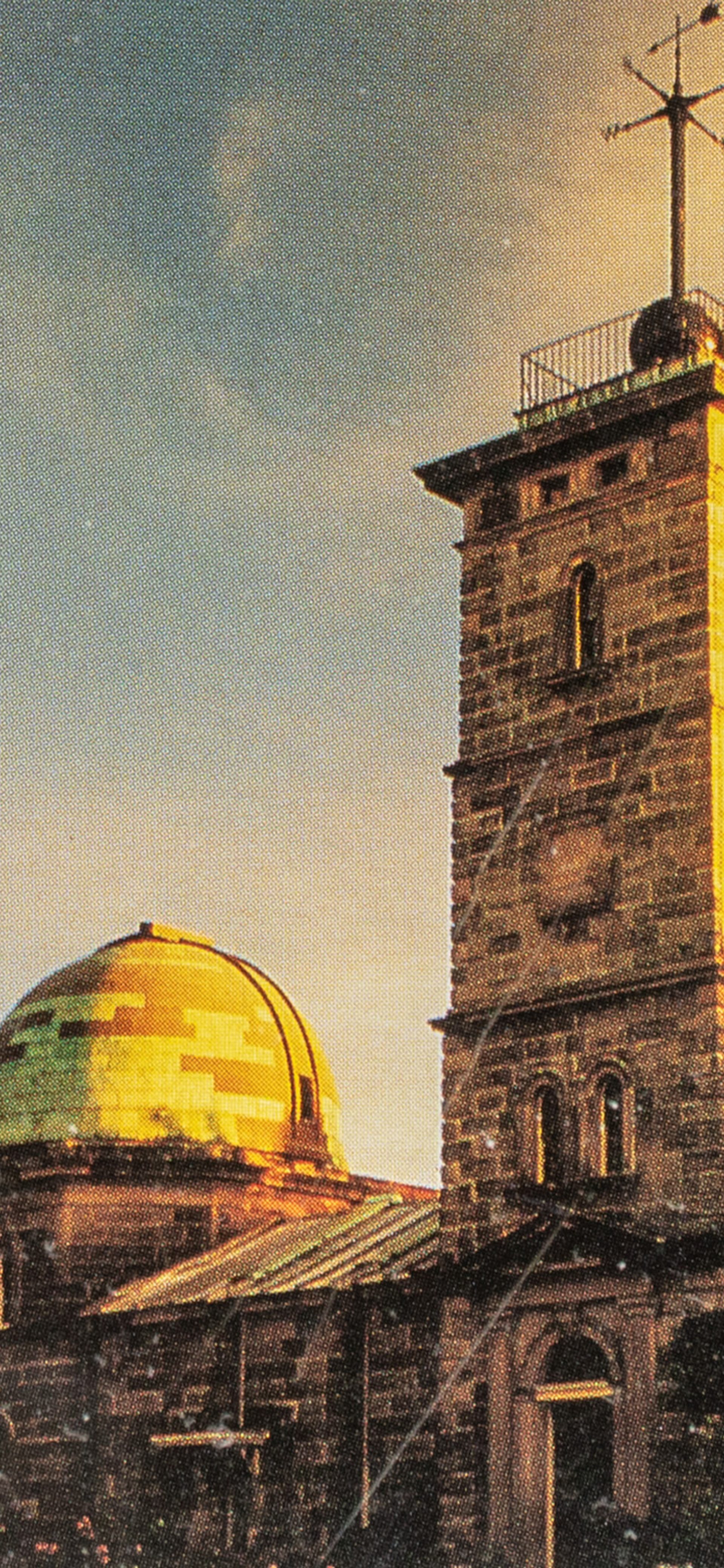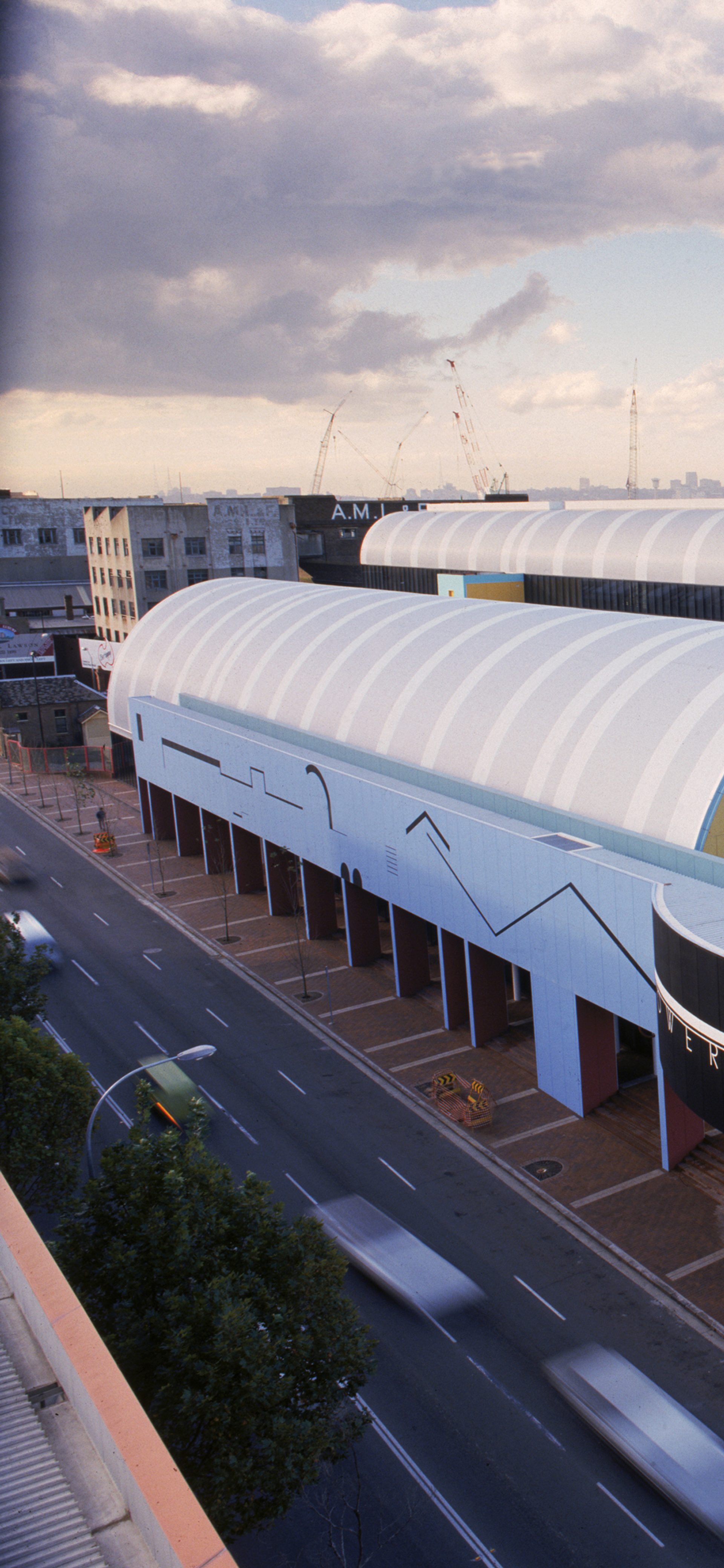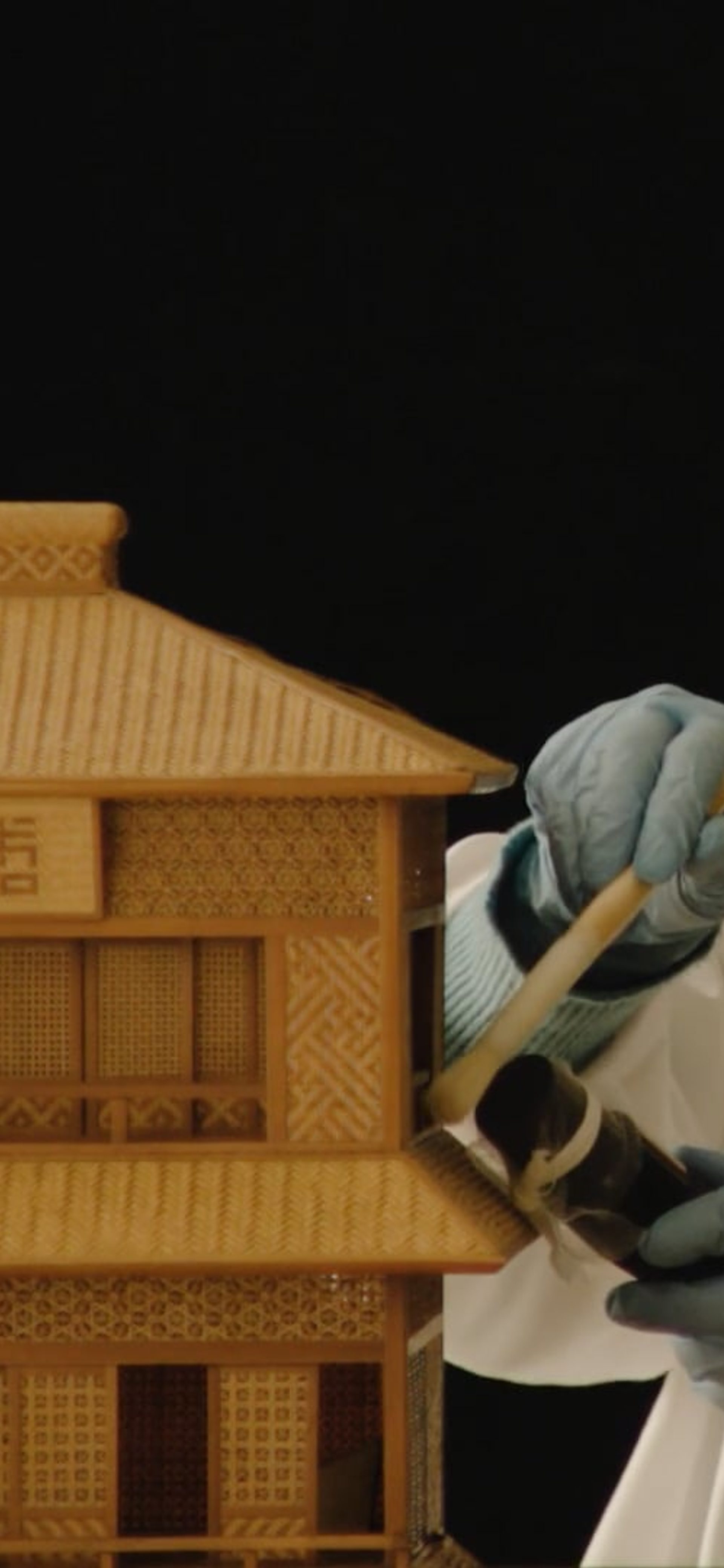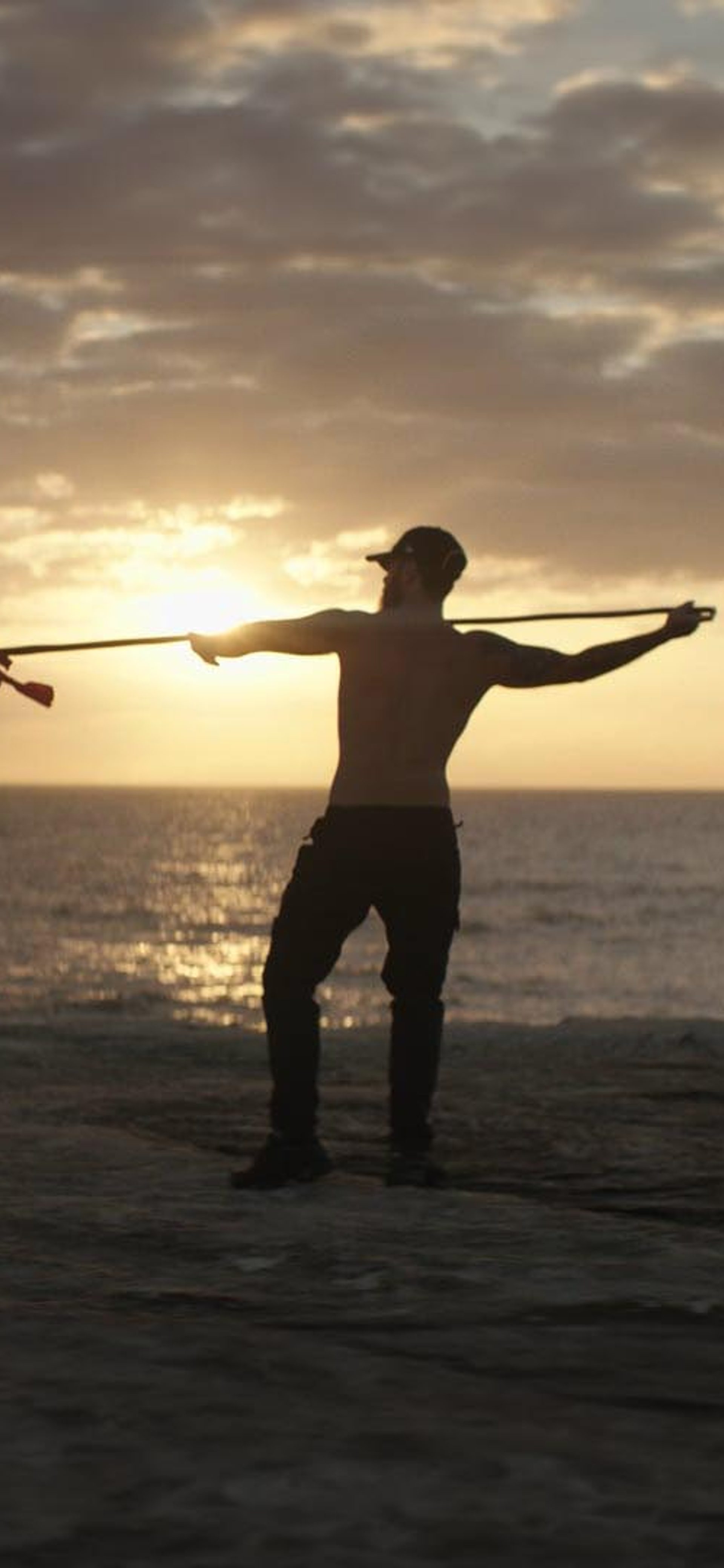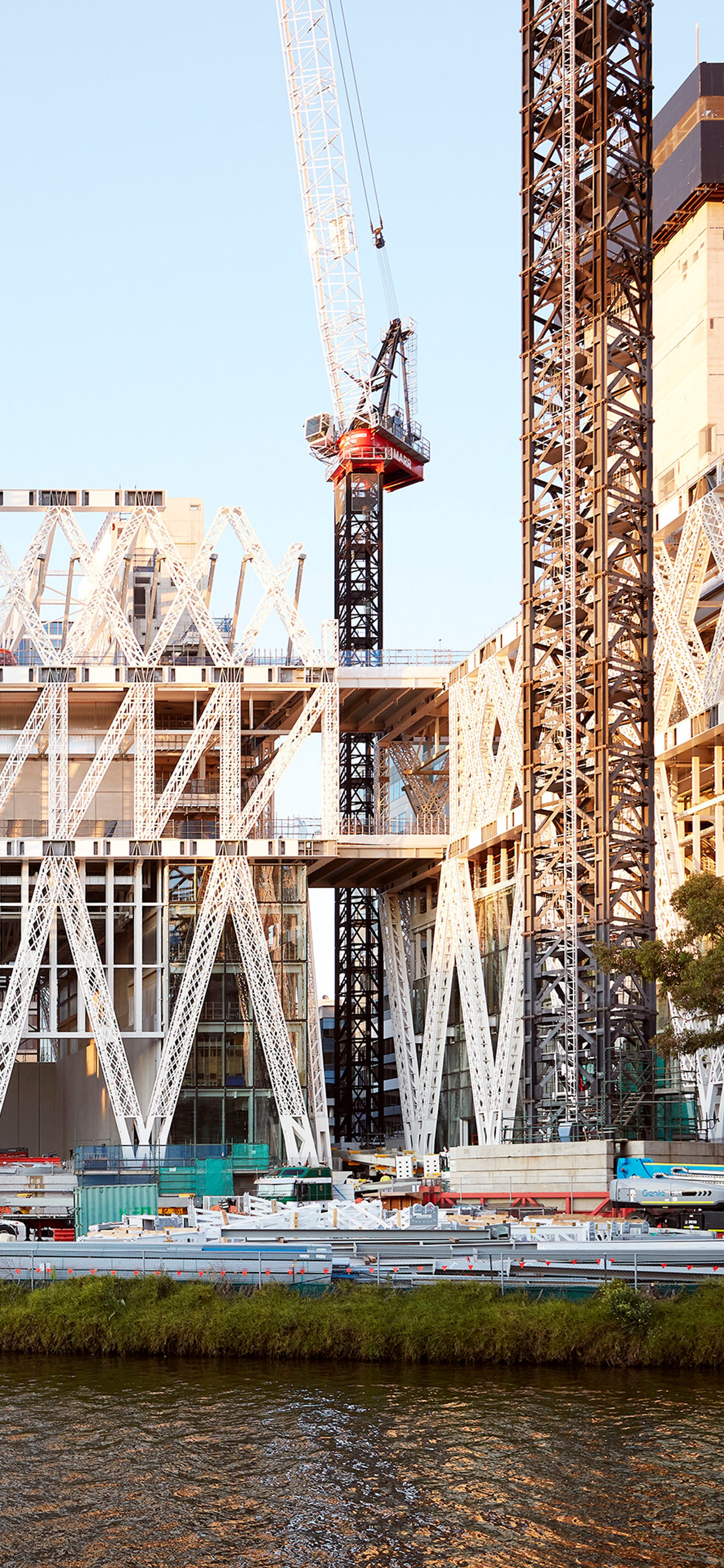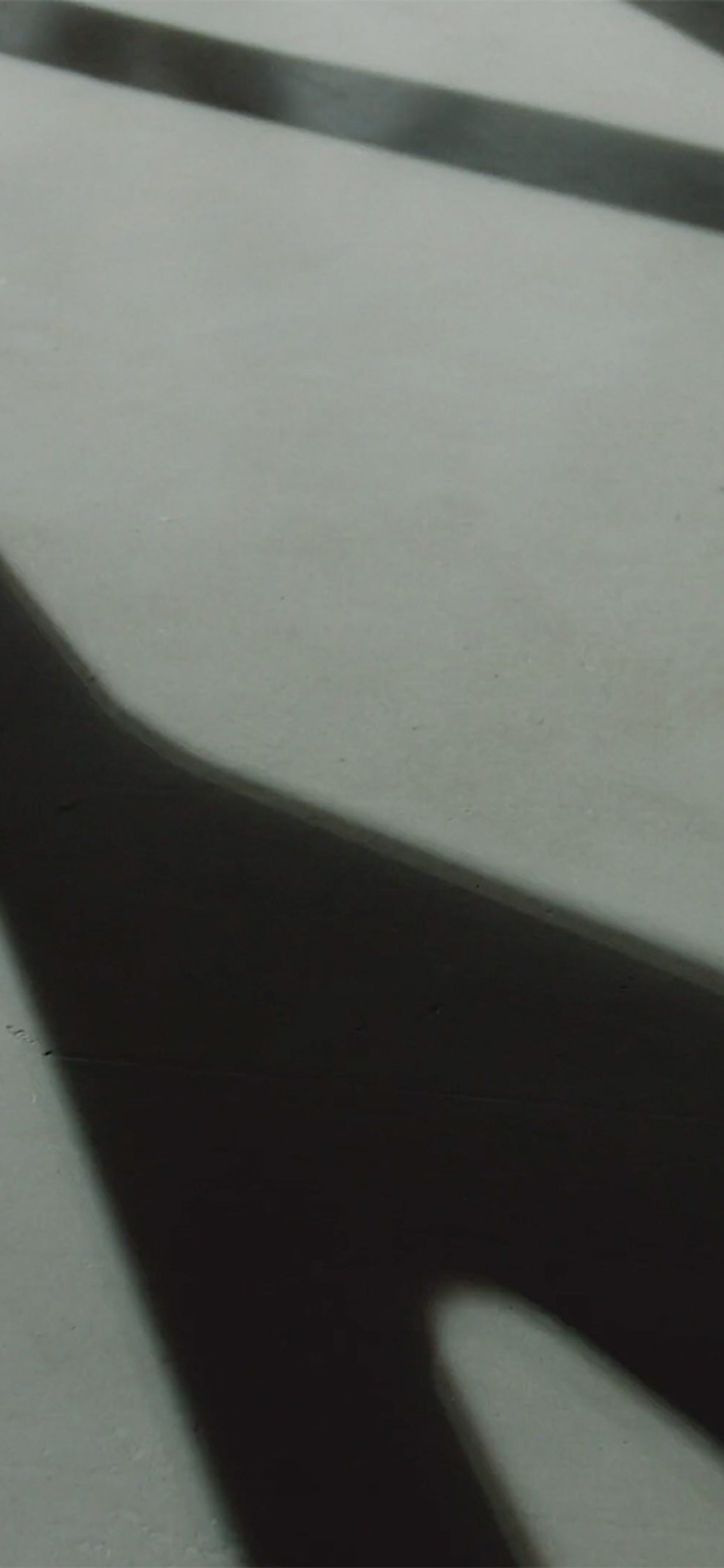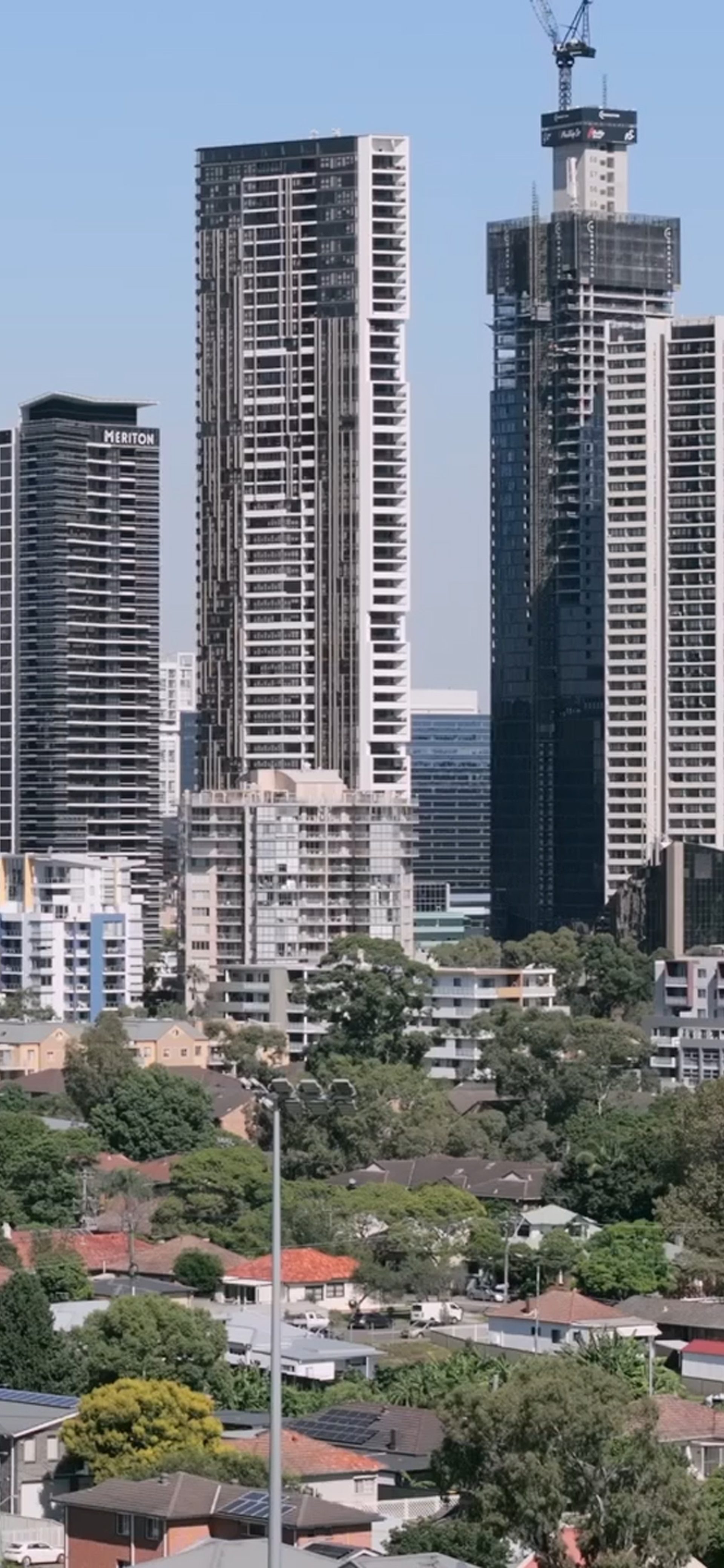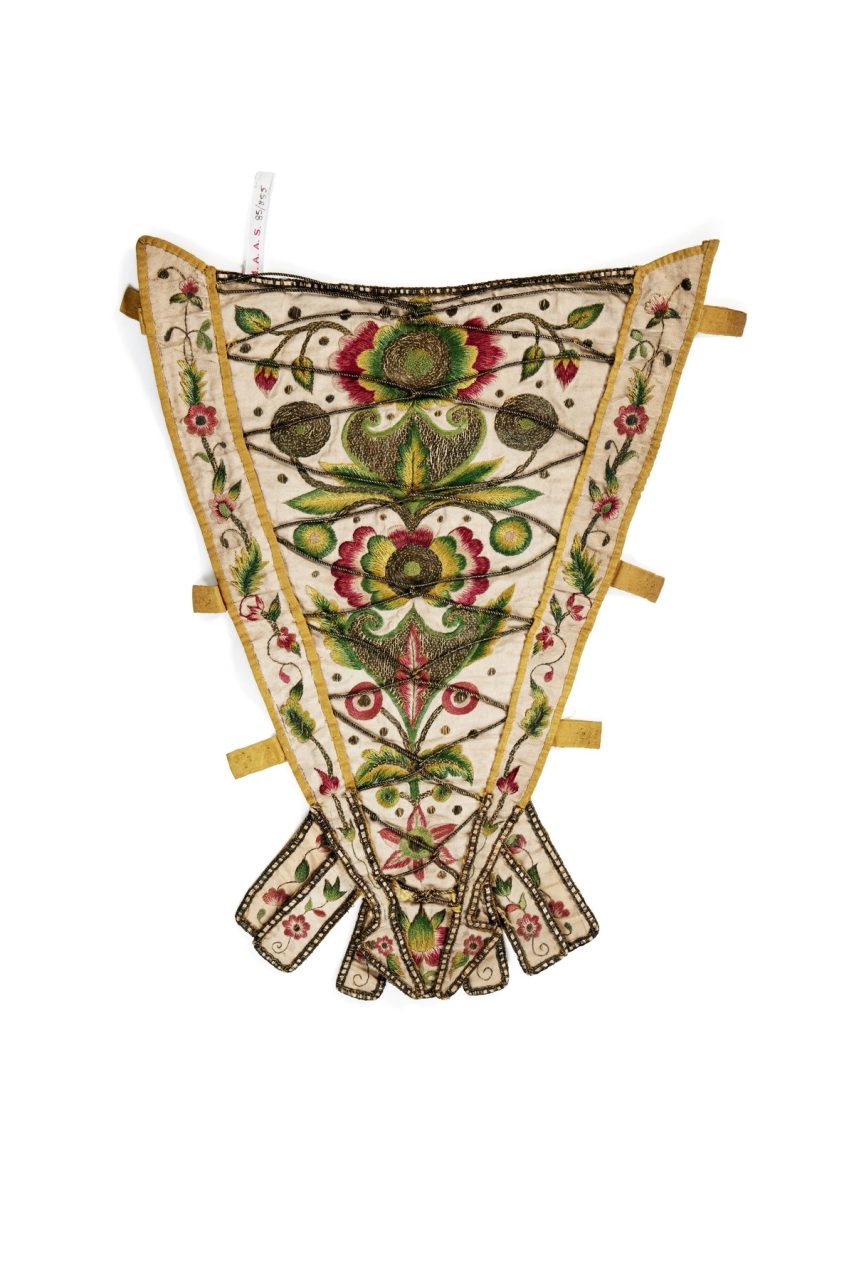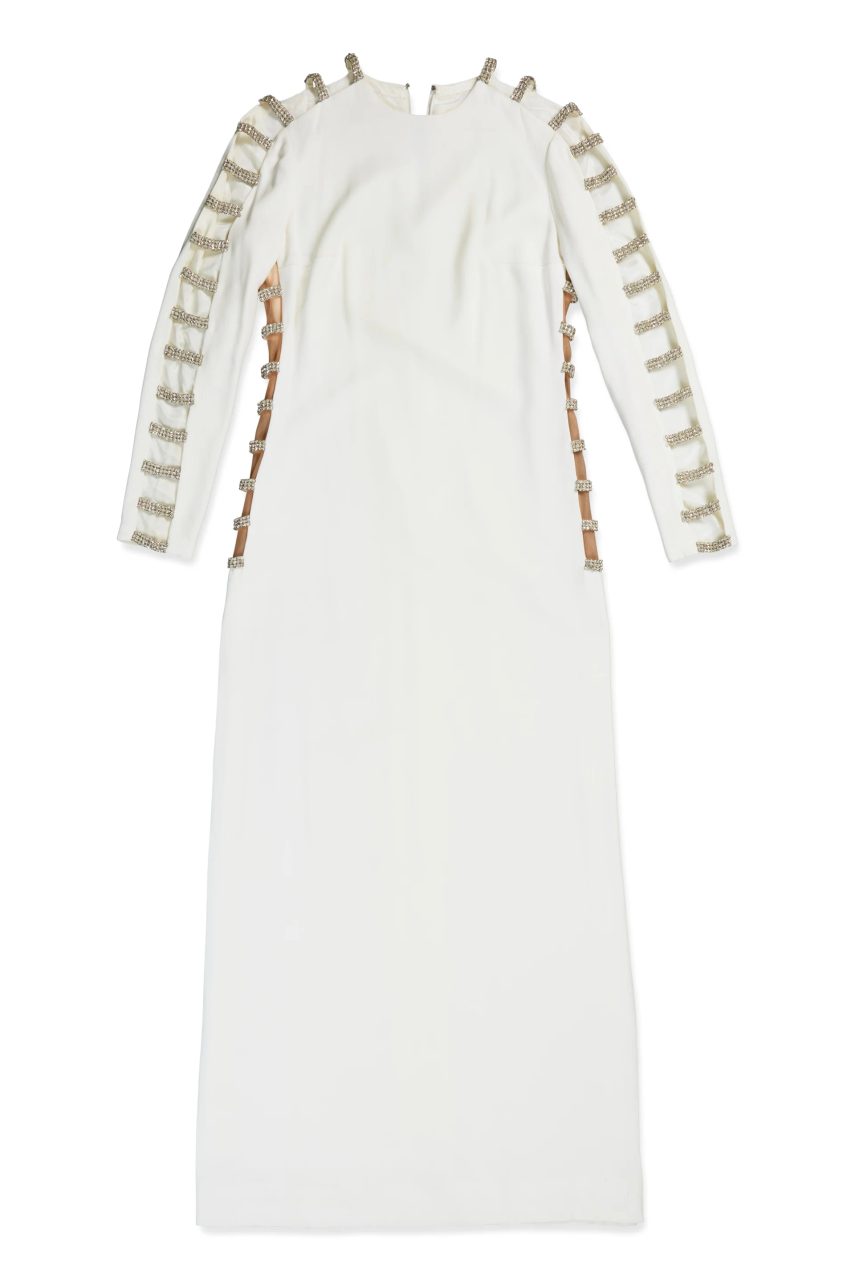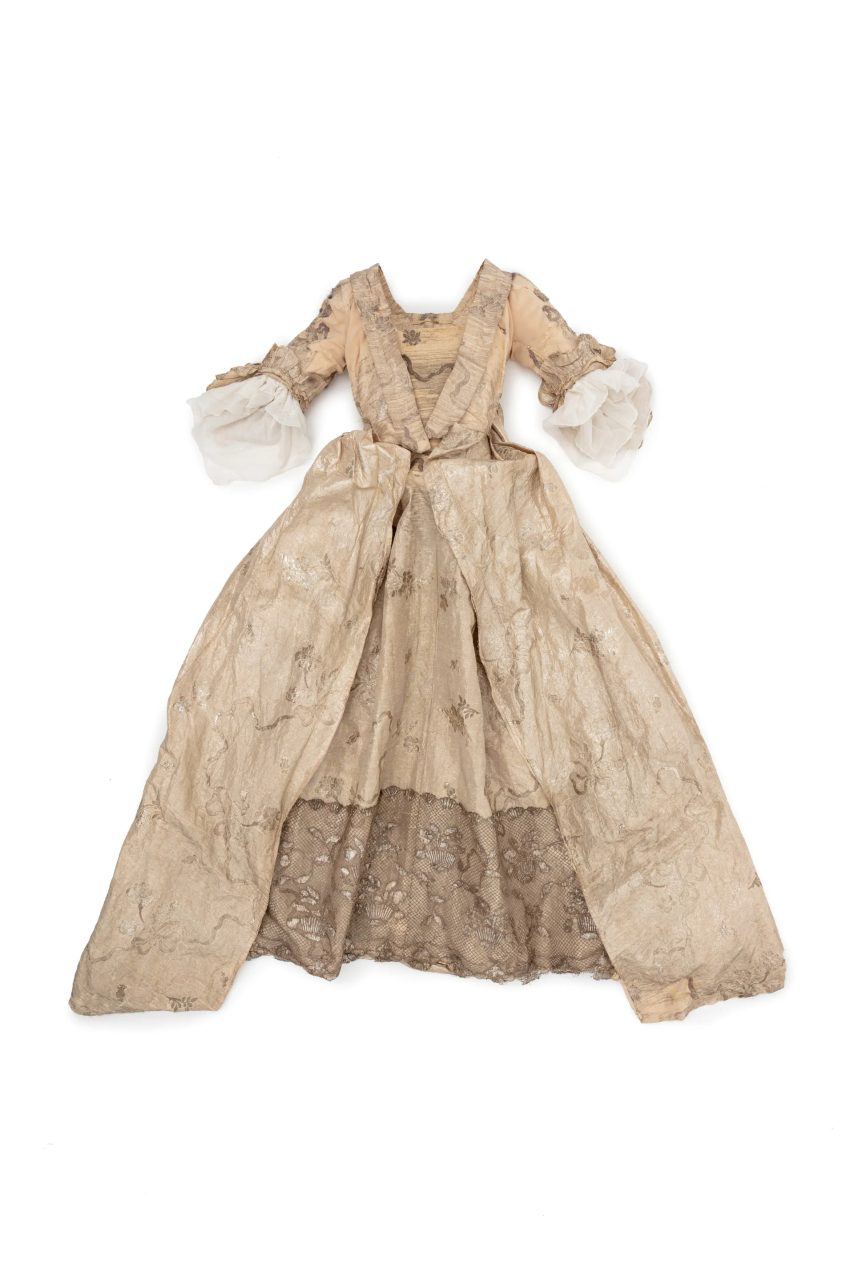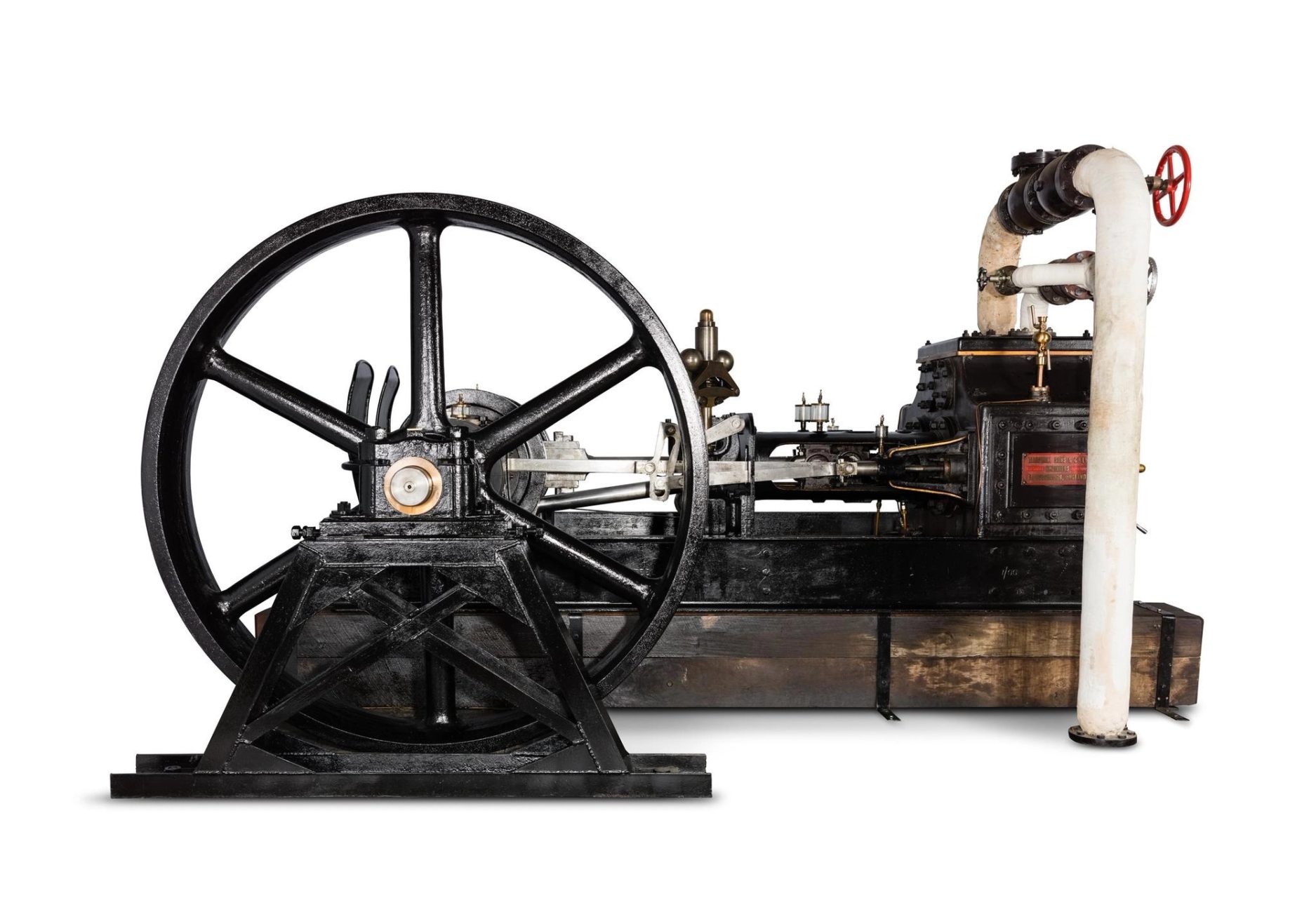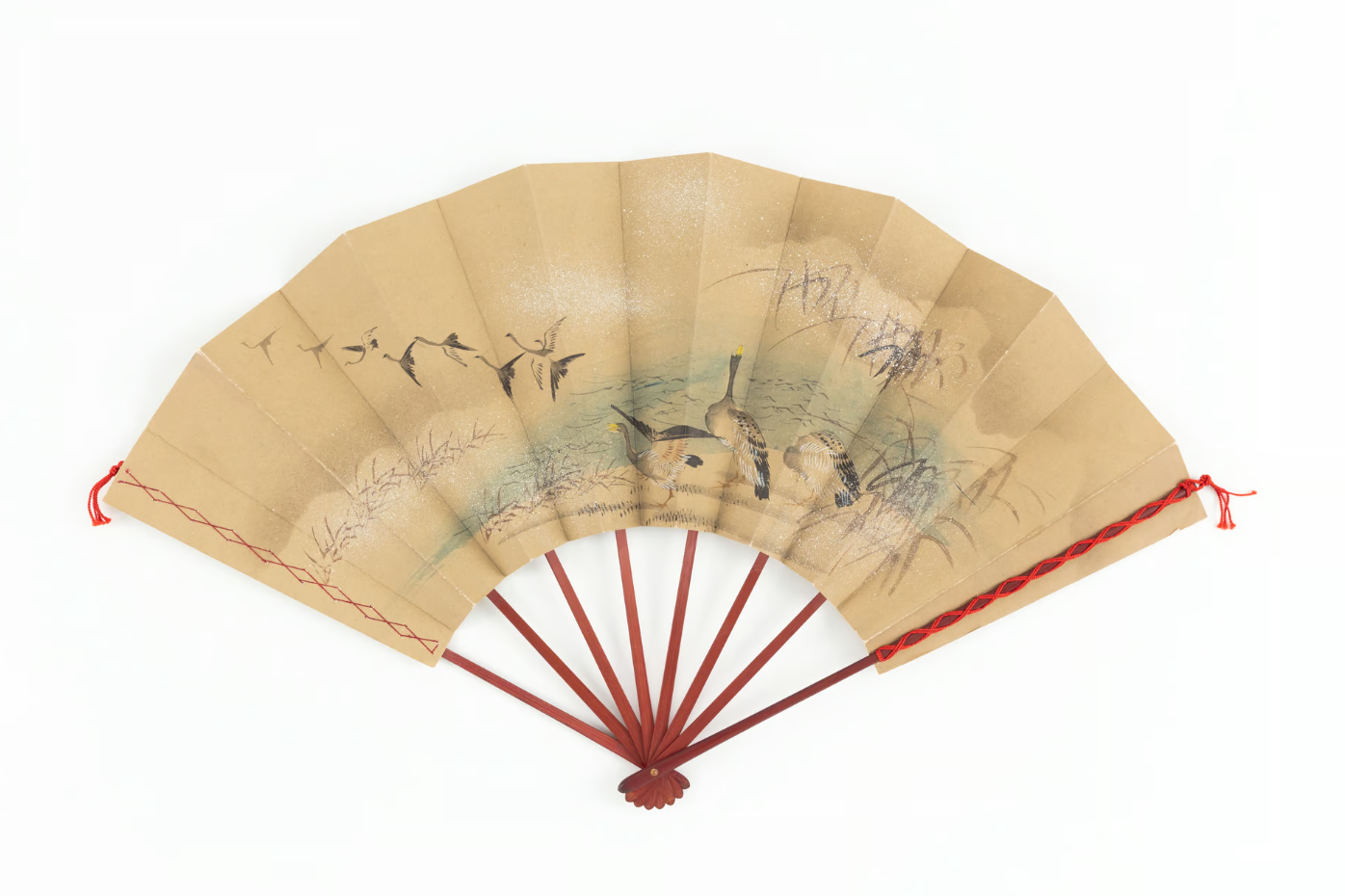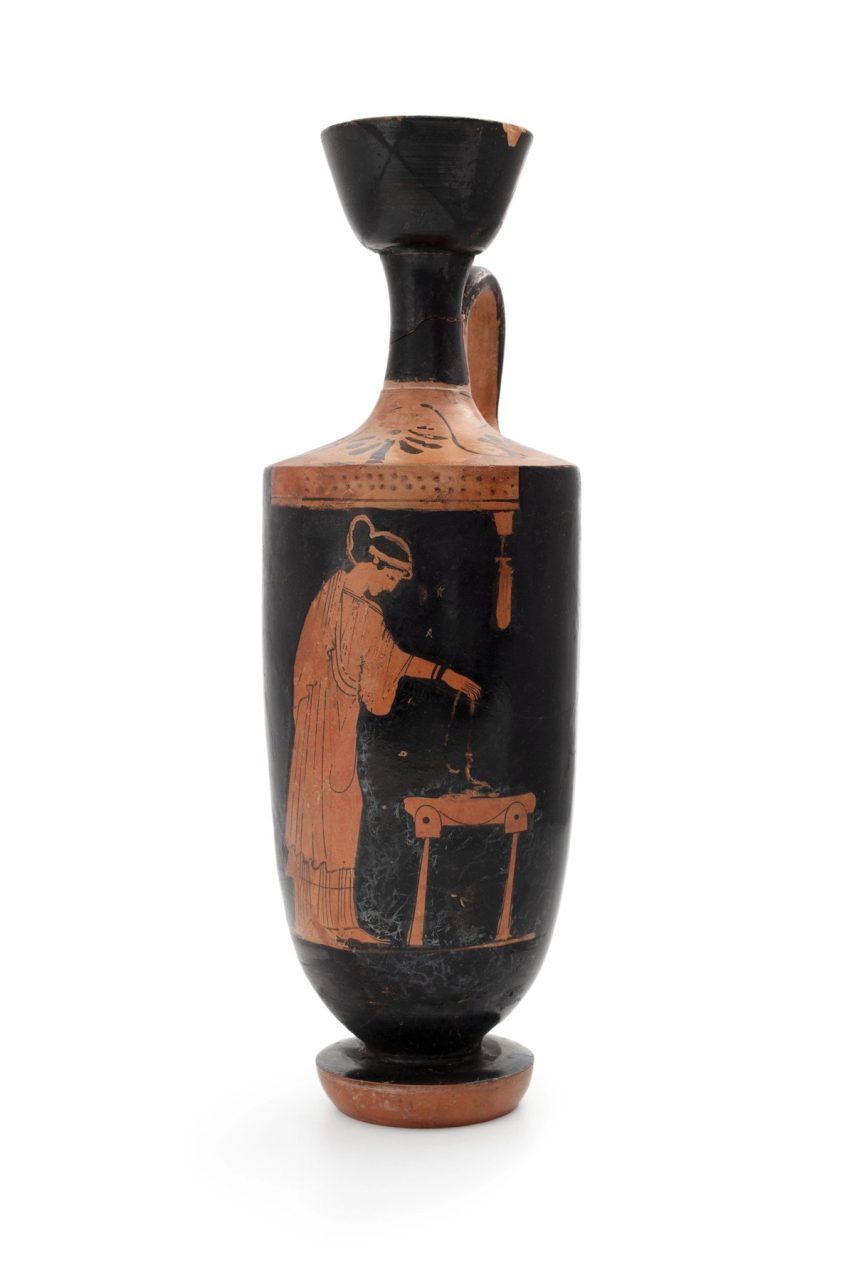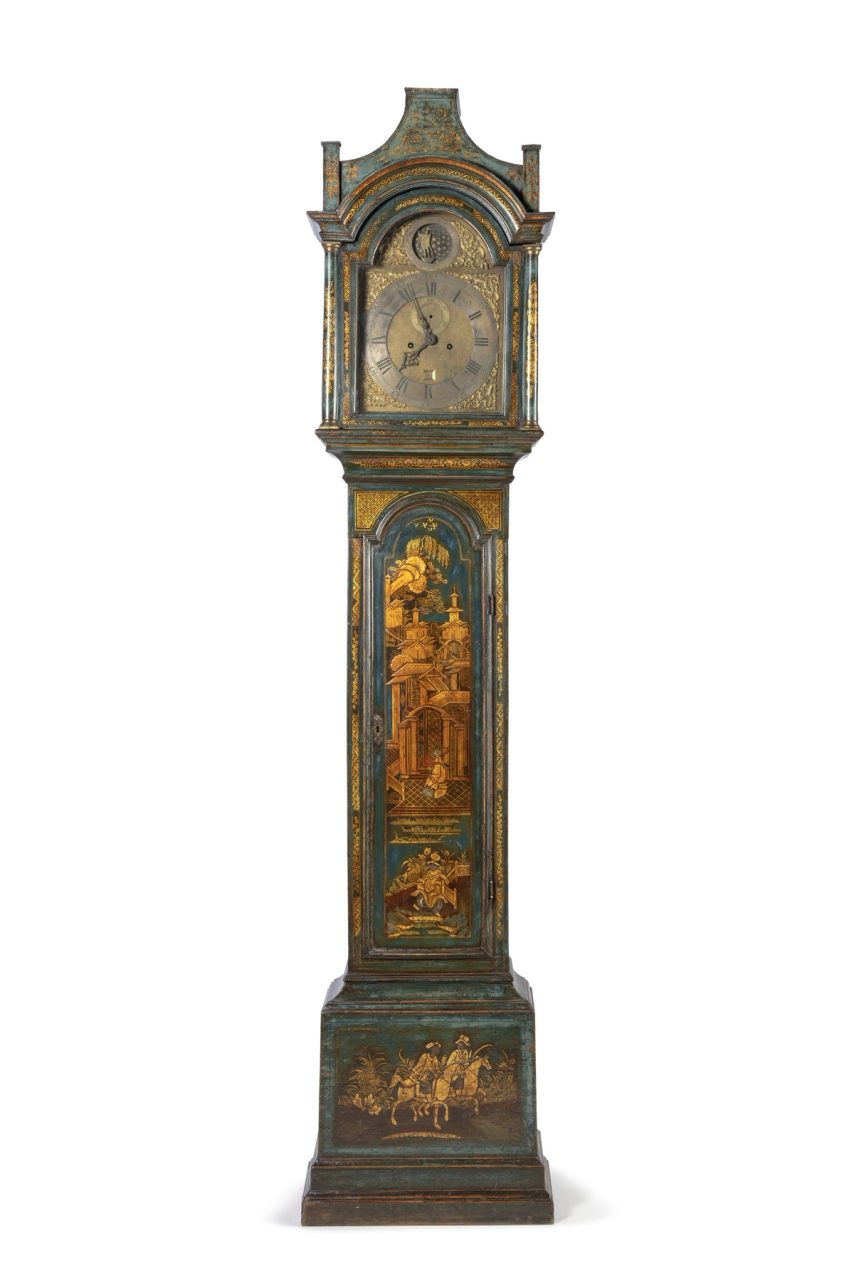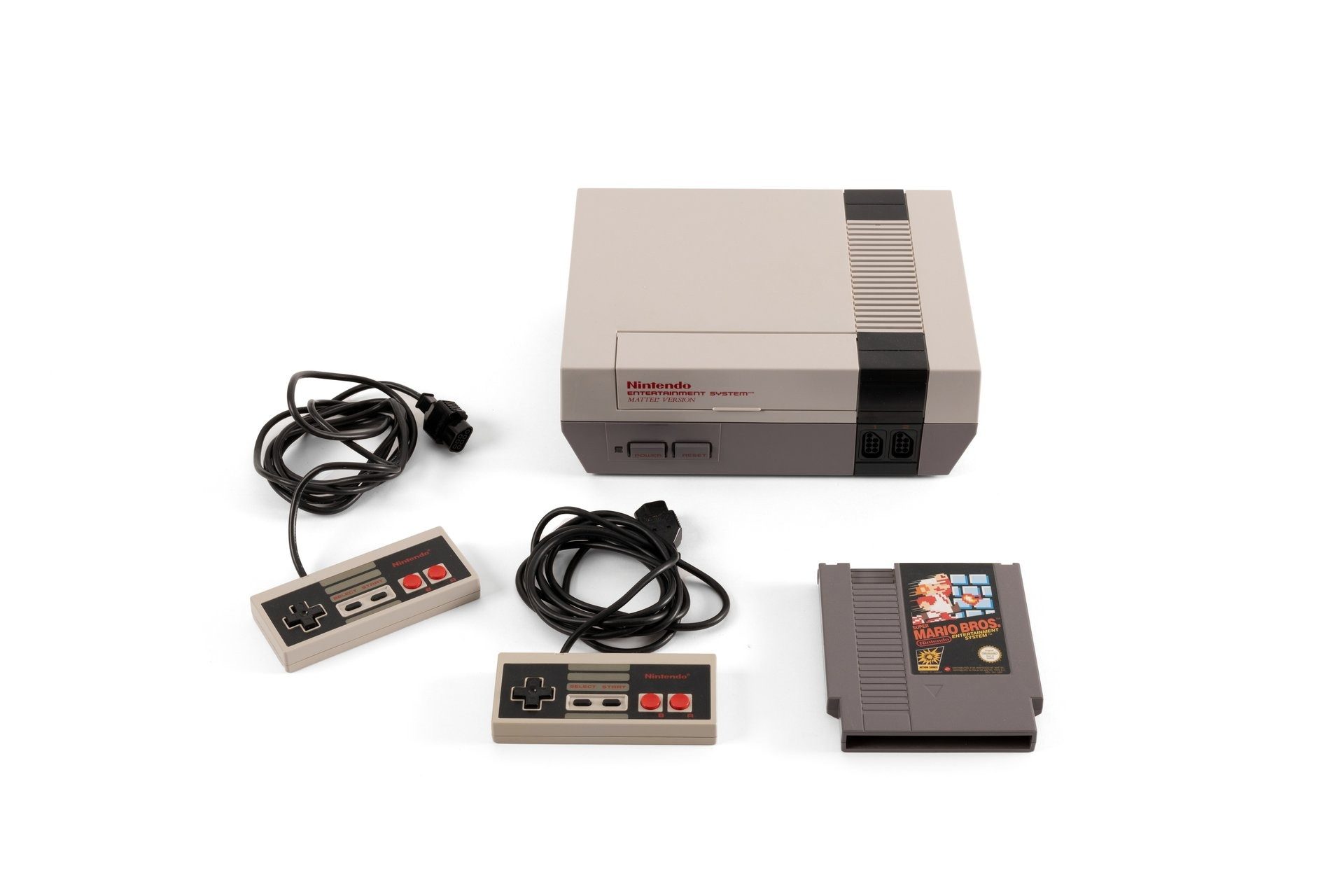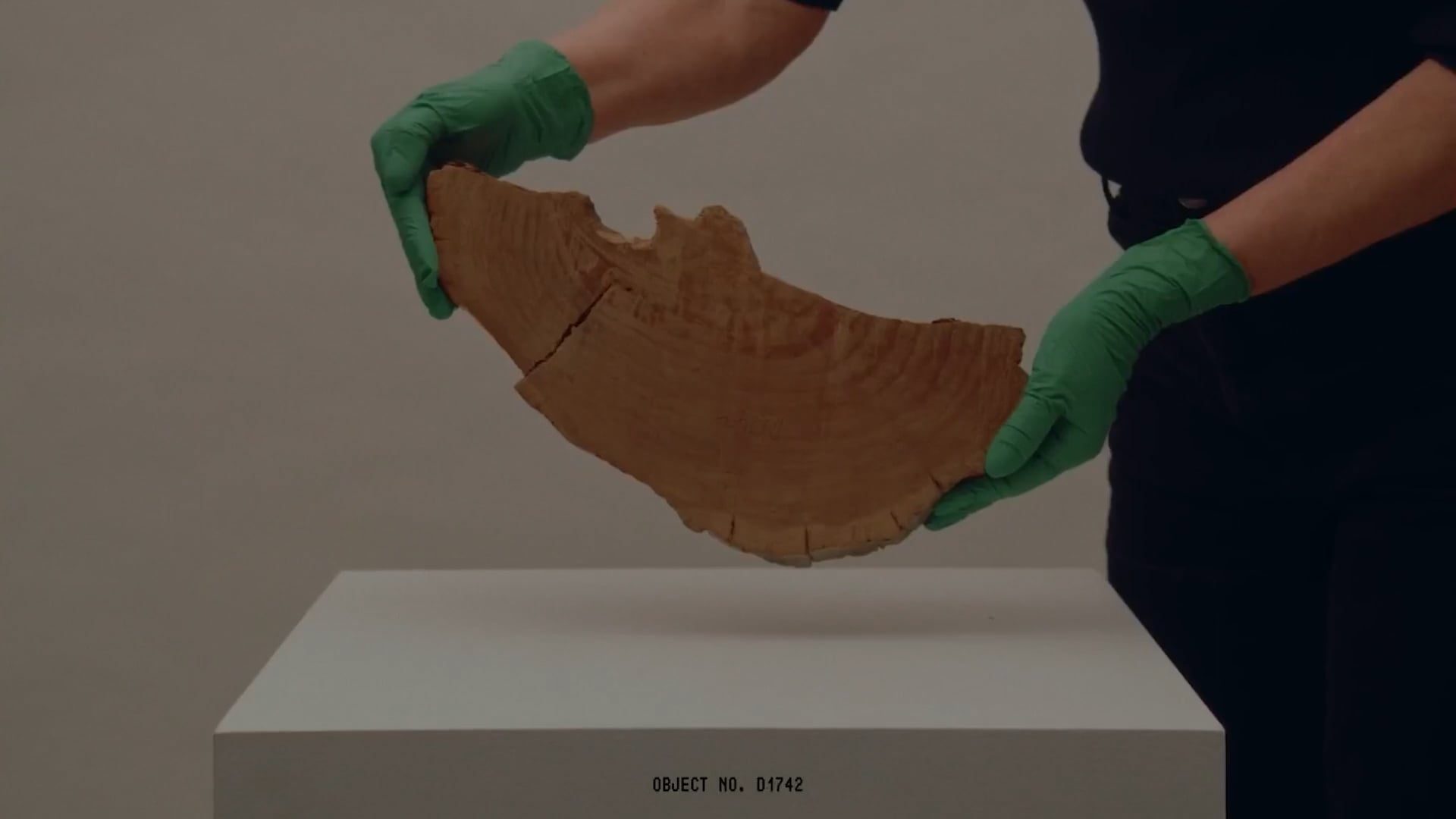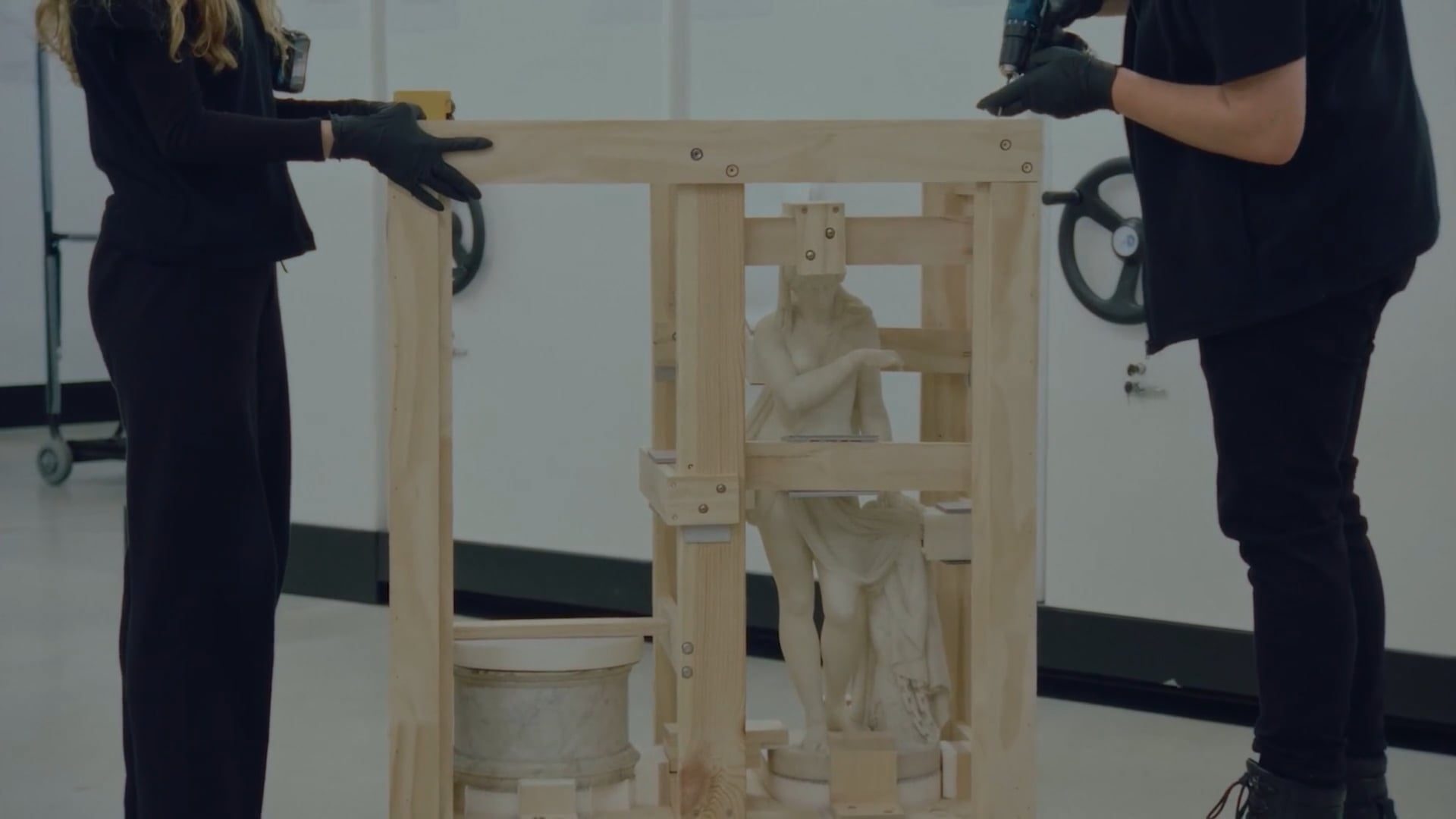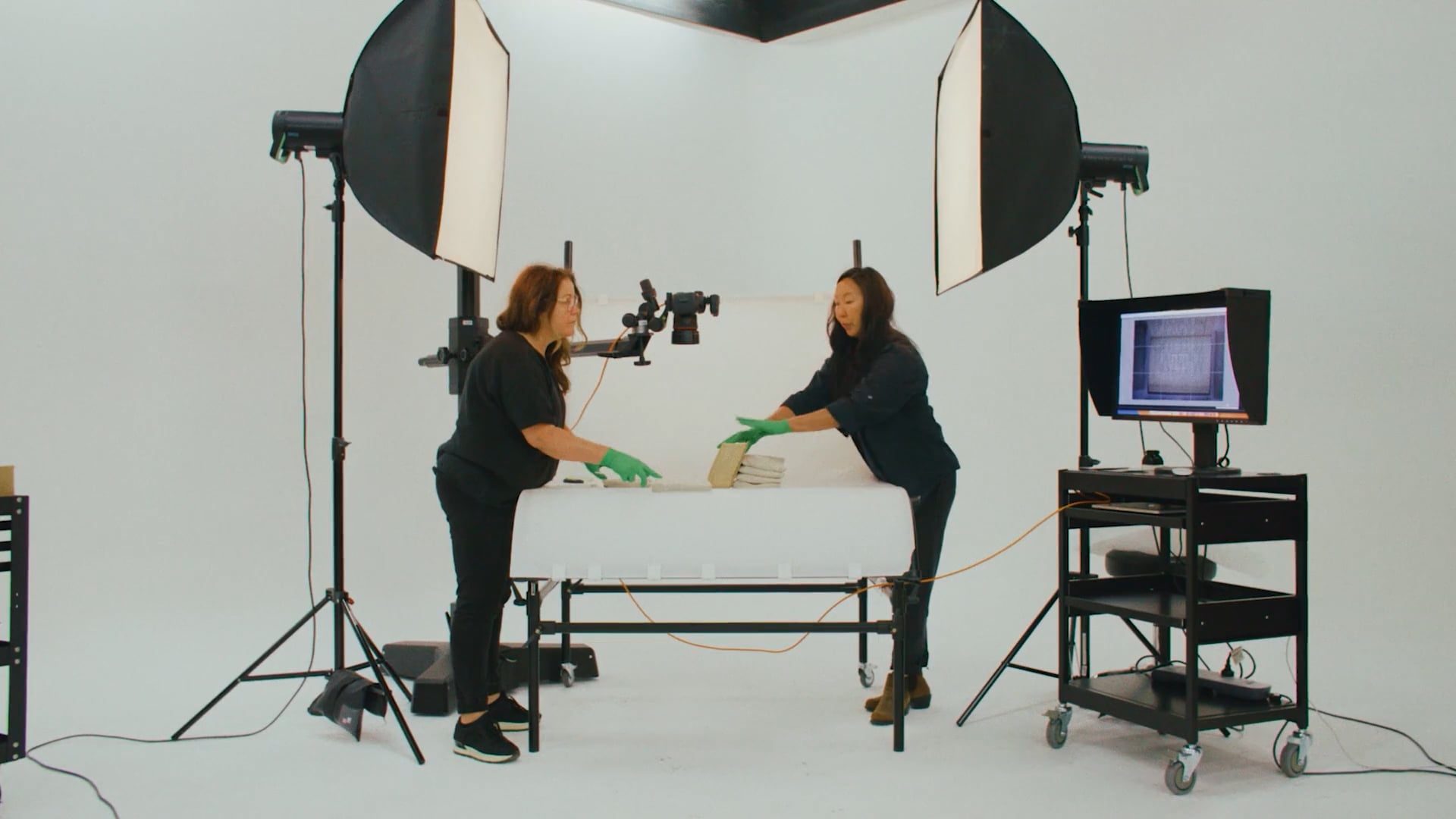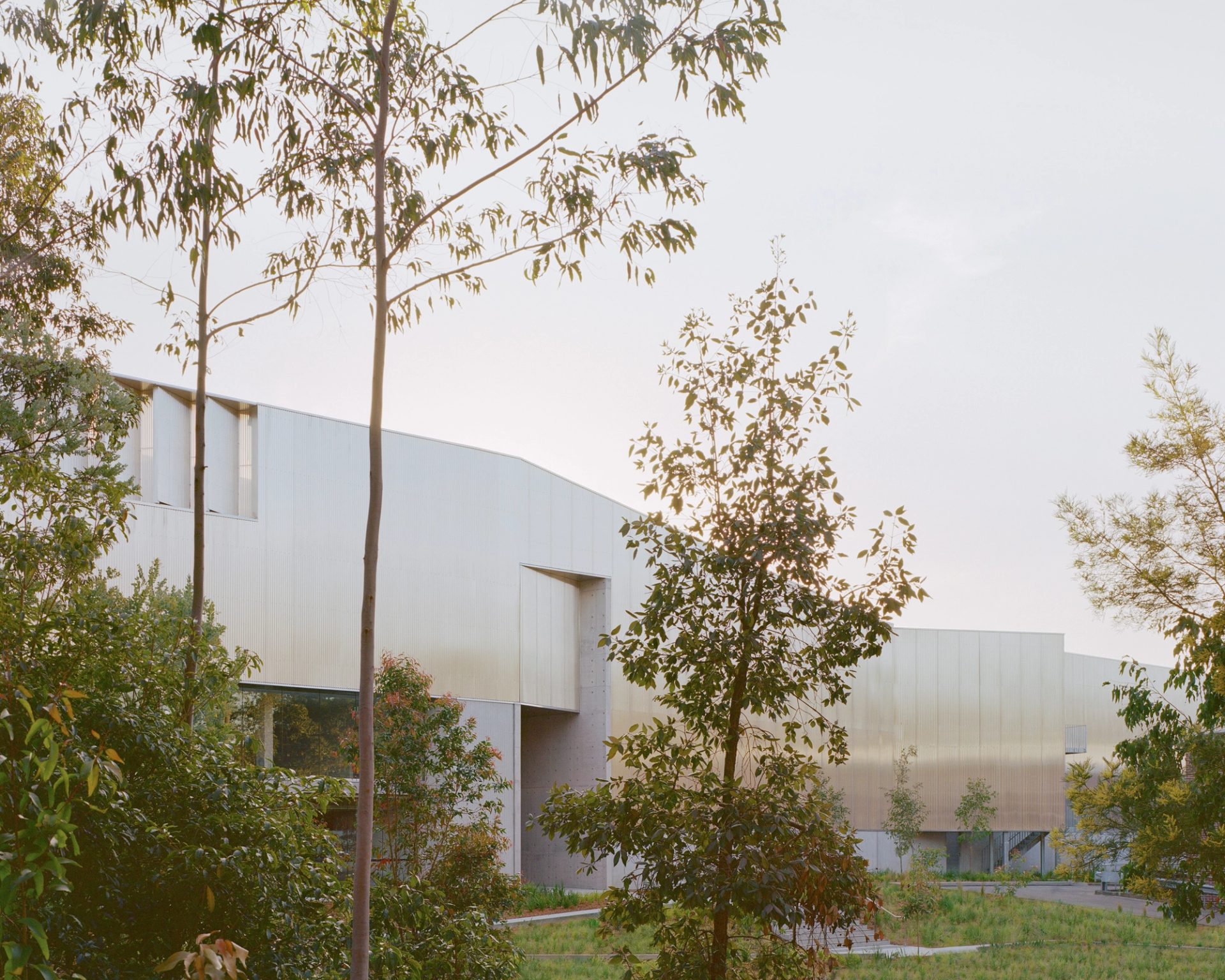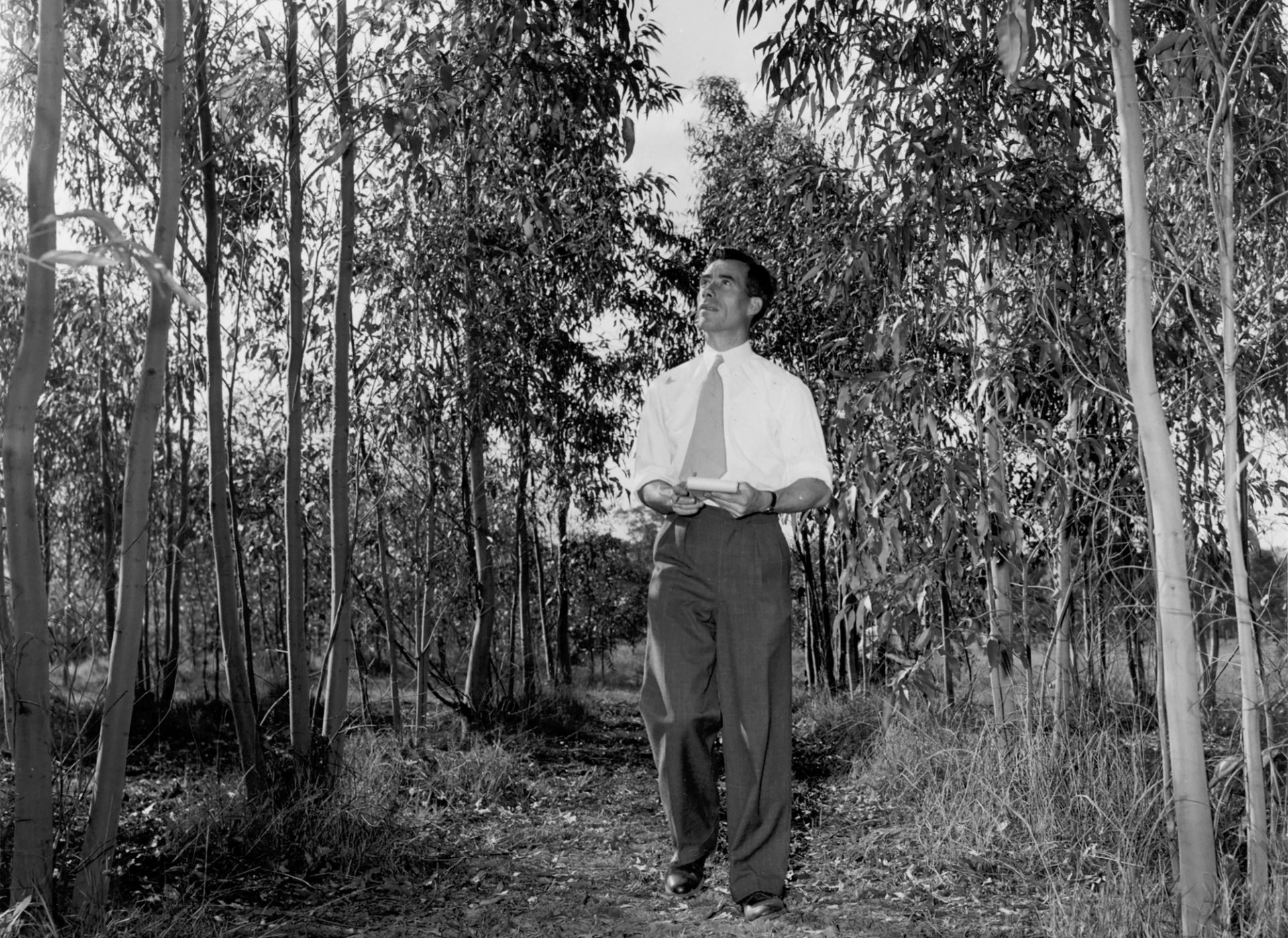Collection Conservation

Come behind the scenes at Powerhouse Castle Hill and meet some of the people preserving the Powerhouse collection.
Conservators at Powerhouse protect and preserve collection objects. Their practice focuses on caring for objects at each stage, from acquisition to storage and display. The museum employs specialist conservators to treat materials ranging from textiles, paper, timber, ceramics and machines, along with preventive conservators who manage the environmental conditions for objects to prevent damage when they are stored, transported or displayed. In many cases objects are treated to minimise deterioration, rather than attempting full restoration to their original condition. Some objects may be sensitively repaired before going on exhibition or to extend their lifespan in storage.
Here, Powerhouse conservators share their expertise working with objects in the collection.
Suzanne Chee
Senior Textiles Conservator
‘As textile conservators specialising in dress, we think of the whole components of the finished product. We think about the underpinnings and what type of silhouette is important to that era. For the 18th-century mannequin, we had to construct panniers correct to the silhouettes of that period. We dressed the garments over these panniers, which could consist of many layers of petticoats. But not only that, we needed to think about how it's going to look on display. We need to think about what sort of hairstyle the women had in that period, and then recreate it — and Powerhouse has a history of using paper to create silhouettes of hairstyles.
Conservators play a significant role in caring for objects, taking steps to preserve their longevity for future generations to enjoy. It's very special to handle objects made by people many hundreds of years, even thousands of years ago. In my role, I really enjoy working with embroidery and other surface decoration that has a subtle nuance in design and production, which is a testament of the maker's creativity. That can't be replicated by a machine. To examine the beautifully executed craftsmanship closeup and personal and to know it was made by someone's hands is extraordinary.’
‘Conservators play a significant role in caring for objects, taking steps to preserve their longevity for future generations to enjoy. It's very special to handle objects made by people many hundreds of years, even thousands of years ago.’
Kate Chidlow
Conservation Collections Manager
‘When we are given a fashion object to prepare for an exhibition our role is to assess it to see if it is stable enough. Some garments can’t go on a mannequin — they're not strong enough. If they are strong enough to go on a mannequin, then we have to get the right size, because shop bought mannequins are really tall and when we're talking some of our garments, the people had tiny waists. When you put a garment on a mannequin it can look sort of dead or really just not lifelike. So we have to pad it out and clean it. While preparing garments for display we also have to check there's not too much light because light damage is accumulative – it can't be reversed. We also check the temperature and humidity levels are stable on display and in storage and ensure these areas are pest free. Everything deteriorates, but we try and slow down the rate of deterioration of the fashion materials in our collection.
The visual impact is important. There’s the appreciation of the aesthetics but the significance comes from the story behind it for sure. We have a lot of iconic clothes, such as Sonia McMahon's dress she wore to visit the White House and Richard Nixon in 1972. I think it's a dress that shocked the world.
I worked on a dress with a colleague, Sue Frost, for months. We sat there and sewed. We conserved the back of the skirt, which was falling to pieces. It was silk and very crumbly. We spent a lot of time making it stable. So I feel quite attached to that dress. It's such an unusual piece from that period because it was all about exhibiting how much wealth you had by having these incredibly expensive pieces of fabric made into an open robe. It’s almost like a rectangle, it's very unflattering, but it's really interesting that that's what they thought was trendy in those days. That was the elite of the time, just before the French Revolution. Those women had no idea what was about to hit them.’
‘The visual impact of a fashion object is important. There’s the appreciation of the aesthetics but the significance comes from the story behind it for sure. We have a lot of iconic clothes, such as Sonia McMahon's dress she wore to visit the White House and Richard Nixon in 1972. I think it's a dress that shocked the world.’
Roberto Padoan
Lead conservator in Preventative and Research
‘Sometimes during a conservation treatment you encounter notes hiding under an invisible part of the manuscript or inside the binding. They were hidden until the moment you do the treatment. That’s when you combine the knowledge of working on an object and keeping an eye on what the object is telling you. Preserving and collecting objects is a way to keep memory of historical facts and moments – both the good and the bad. I think the importance for conservation is to keep the object in the condition it is now and ensure it will be available for future generations. We don't try to make objects more beautiful.
I like the enormity of possibilities in this place. The first time I walked into the conservation lab I was impressed because we have a workshop with so many people who can create anything from a part of a steam engine to a flying machine or a digital interaction.’
‘The way I used to conceive a museum was a 16th-century wunderkammer in a very dark castle in Germany, and my own conservation laboratory would probably be on the top of a mountain, working like a monk. But of course, this is a very romantic view. The way I conceive a museum now is where you have less barriers between the public and the objects – how Powerhouse Museum is today, where you have interactivity. Recently I had the opportunity to see 3D renderings of some objects suspended in the air and read their stories. It’s a completely different view to a museum in a dark castle in Germany, but still, the idea is that the objects are giving a story.
Wherever there is the sharing of knowledge it's hard to go wrong. As long as humanity will be free to discuss, to share, to even fight, to get the beauty of the human experience shared together, there will always be excellent results. And you can see it in all the exhibitions we have here. They are such wonderful combinations of art, history, technology and science, and it is really impressive how you can immerse yourself in the experience.’
‘The first time I walked into the conservation lab I was impressed because we have a workshop with so many people who can create anything from a part of a steam engine to a flying machine or a digital interaction. ’
Beate Yule
Senior Paper Conservator
‘Paper conservation draws on some ancient materials and techniques, while at the same time it uses cutting edge science. So, for example, to strengthen the back of a piece of paper we could use wheat starch paste and Japanese tissue, which is a really ancient art form, and we could also use nanocellulose materials, which are very new. Everything we do to make a paper object ready for display or storage needs to be reversible, so we are not permanently changing the object itself. Our work is a bit art, a bit science and a bit history.’
‘What I love most about conservation work is that I can make something accessible and good that was broken and inaccessible to people. Packing removal is a very satisfying process because you know you're getting rid of something on the back of an object that is causing damage because it is acidic, and then to clean it and know you can extend the object’s lifespan.
When I step into a museum and look at objects I want to be transported. A museum is a place of storytelling through objects.’
‘Paper conservation draws on some ancient materials and techniques, while at the same time it uses cutting edge science. To strengthen the back of a piece of paper we could use wheat starch paste and Japanese tissue, which is a really ancient art form, and we could also use nanocellulose materials, which are very new. ’
Rebecca Ellis
Senior Objects Conservator
‘I like the variety of conservation work, as there are different challenges for each object. We prepare objects in the lab at Castle Hill, mainly for exhibitions, but also for ongoing collection care. So when objects move to the lab we need to carry out initial assessments of them, looking at them to see what their current condition needs. It might just be a clean, a gentle brush vacuum, or it might need major treatments for components that have detached or broken.’
‘We assess what we can achieve without causing damage and once we’ve thought that all through, we might even consult curators and perhaps run through those treatments with other conservators so we know we're on the right track.
We collect innovation from arts to sciences, so it shows the progression of humanity, different cultures and eras that visitors can learn from. We had 1001 Remarkable Objects, which is quite a diverse collection of objects from different eras, and that allows the audience to reminisce. A museum is a place that houses history. It also houses our future.’
‘I like the variety of conservation work as there are different challenges for each object. We prepare objects in the lab at Castle Hill, mainly for exhibitions, but also for ongoing collection care.’
Chris Redman
Variable Media Conservator
‘I have a background in digital preservation and my work involves identifying, cataloguing and digitising thousands of variable media objects within the collection, from games and video, to audio recordings in many formats.
I think it's a pretty big privilege to be the caretakers of these things, learning the object’s history and value in society. I feel it's also very important to convey stories through the objects in a way for visitors to appreciate and understand some of the connection we have with the objects. They spend two to three minutes with it, maybe longer, if they are really impacted by it. In the collection there is literally everything from giant machines to tiny chips, food, clothes – you really are spoiled for choice. Being able to include all the different communities that enjoy those objects makes the museum a special place.
‘I've only been in the industry for a short time, and I'm blown away by how welcoming and accepting the team here is. The networks and the conservation world are incredible. I’m learning new things every day and it’s really nice to be a part of this world.
I do like to be wowed as I walk into a place, whether it's a grand entrance hall, a fancy staircase, a giant skeleton as you enter. If I get that sort of initial hitting moment when you walk into a museum, gallery or collecting institution I will go and explore every corner of that place to see what else it has in store.’
‘My work involves identifying, cataloguing and digitising thousands of variable media objects within the collection, from games and video, to audio recordings in many formats. I think it's a pretty big privilege to be the caretakers of these things, learning the object’s history and value in society.’
About
The facilities at Powerhouse Castle Hill are purpose-built to present new exhibitions and programs and support the work of the museum’s curatorial, research and conservation teams alongside the Powerhouse Collection.
The entire collection of more than half a million objects is housed in one location. Originally a botanical research station, the site has evolved since the late 1970s to house specialised museum collection facilities, including the Museum Discovery Centre.
Building J, the newest and largest (8135sqm) of seven collection facilities, opened in 2024. It includes a huge presentation space, climate-controlled collection store and conservation lab, research workspaces and photography studios, all designed to help protect and share the objects’ stories across the generations.
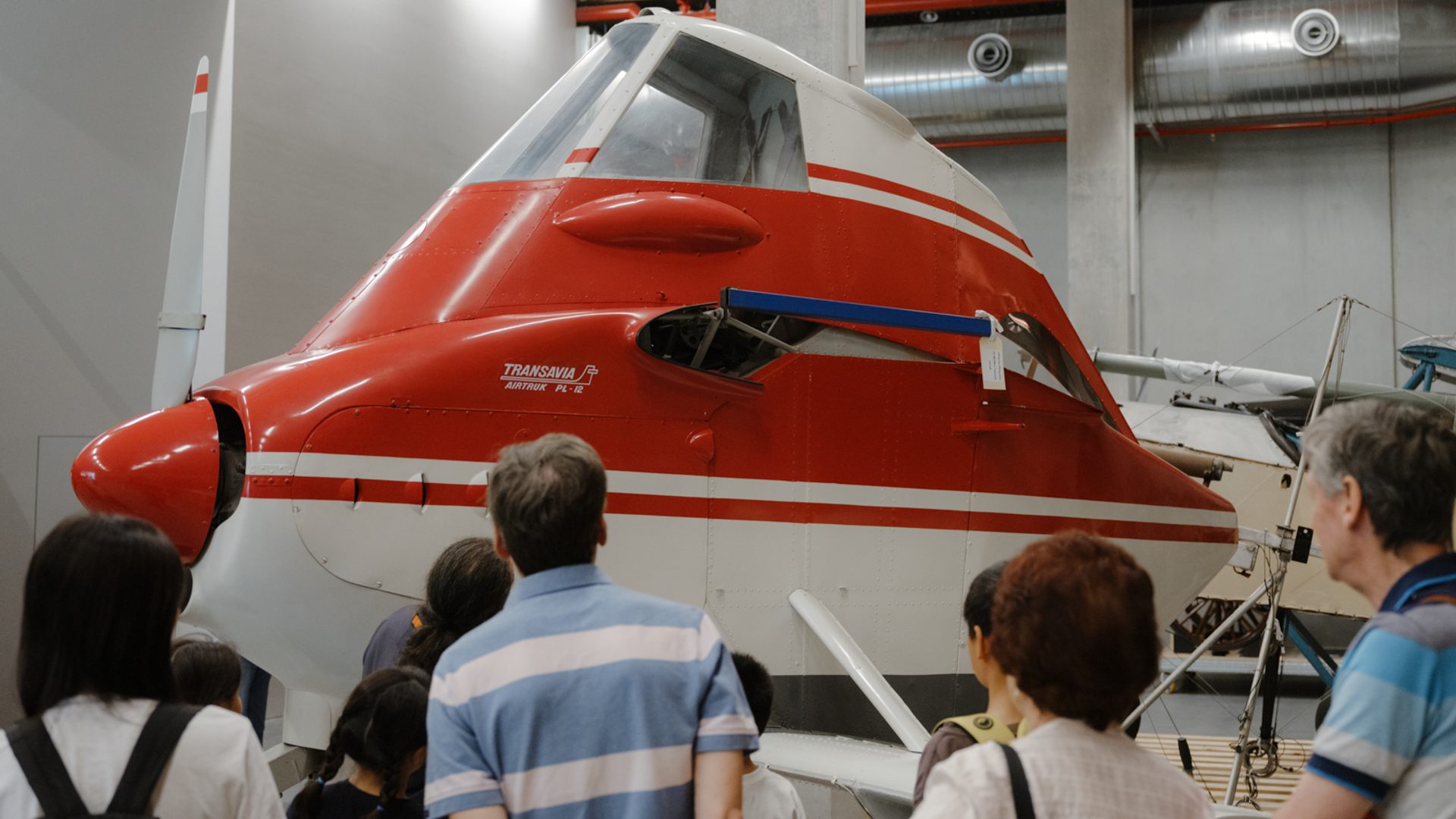
Powerhouse Collection
Since 2019, more than 338,000 objects (including many from the Powerhouse Archives) have been digitised to date and are now available to view online.
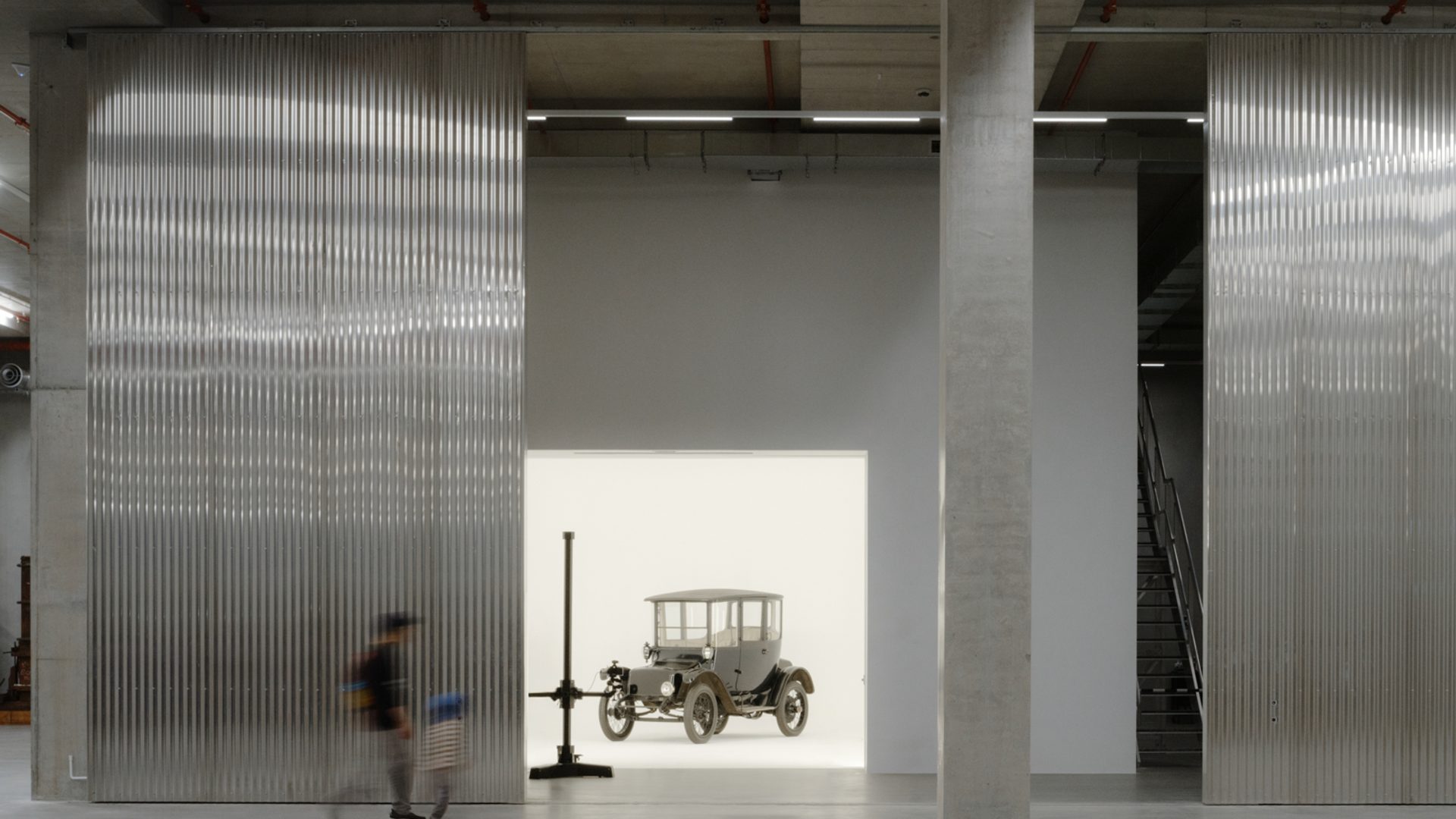
Powerhouse Castle Hill
Located on Dharug land. A storehouse for the Powerhouse Collection supporting research and conservation, presenting exhibitions and programs.
